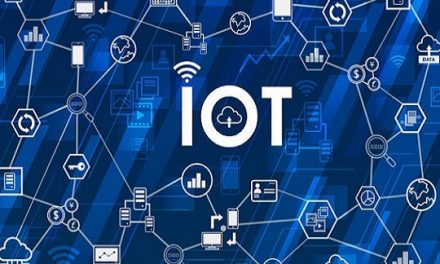Through the use of technologies, everyday life is being made easier and more pleasant. This is achieved through the automation of mundane tasks and also through the high levels of efficiency brought through the use of the latest technologies available. This article gives various examples of smart cities.
Before we get into the various smart city examples, let us start by defining the term smart city.
Table of Contents
What is a Smart City?
A smart city is an urban area that uses different types of electronic Internet of Things sensors to collect data and then use insights gained from that data to manage assets, resources and services efficiently.
Smart cities make use of various technologies. These technologies are cloud computing, the Internet of things as well as big data. These technologies are intertwined and work with each other to provide efficiency to the cities.
An important aspect in smart cities is security. All the parties involved such as the governments, software providers, device manufacturers, energy providers, network providers and enterprises must abide by four core security objectives. These are listed below.
Four Core Security Objectives in Smart Cities
1. Confidentiality
Various IoT devices are used to collect data. This data collected is sometimes quite sensitive and can provide intimate details about the citizens such as their health status, location, etc. This therefore means that great need needs to be taken to prevent the unauthorized disclosure of this sensitive information. Technologies such as cloud computing allow for robust security measures that are fool-proof. In addition, the use of end to end encryption can also prevent the data from being accessed by unauthorised individuals.
2. Availability
The data needs to be available when it is needed. The parties involved must have instant access to the data. In some applications, there is a need for real time data access. Without reliable access to the data, the smart city is not able to thrive.
3. Integrity
The data that is collected in the smart cities needs to be accurate and reliable. As the popular computer phrase goes “Garbage in, garbage out.” If the data is inaccurate and unreliable, this will result in poor decisions being carried out. This therefore means that the data needs to be accurate and free from manipulation.
4. Accountability
The system that is present in the smart cities must allow for the users present to be responsible for their actions. The actions that the users take within the systems needs to be logged and associated with each particular user. These logs should be rather difficult to forge. They must also have reliable integrity protection.
In order to achieve these core objectives, solutions such as strong authentication and ID management need to be integrated into the ecosystem. This ensures that the data is only shared with the authorized parties.
Examples of smart cities
1. New York
This smart city example has very many initiatives incorporated to make it a smart city. Cyber NYC is the city’s strategic investment to dominate cyber security. It is aimed at growing the cyber security workforce to help the companies drive innovation.
Link NYC provides free high speed Wi-Fi, and phone calls. This is a unique communications network that is replacing payphones across Brooklyn, queens and Bronx.
Automated water meters in New York send daily readings that are sent to a computerized billing system.
2. Amsterdam
This is another smart city example. It shares traffic and transportation data to interested parties such as developers. These then create mapping applications that connect to the transport system in the cities and make navigating the cities quite easy.
3. Copenhagen
This smart city example mobilizes expertise worldwide. The city, in collaboration with the Massachusetts Institute of Technology developed an innovated smart bike system. The bicycles have embedded sensors that are used to provide real time information to the riders and administrators. The data is shared to monitor and monitor air quality as well as traffic congestion.
4. London
This is another smart city example in which smart technology is used to enhance the driving experience. The system allows the drivers to locate open parking spots easily. This greatly reduces the time spent manually searching for an open parking spot.
5. Paris
This smart city example makes the use of internet traffic solutions. The city built a fleet of GPS connected electric vehicles for a car sharing service. Consumers can track the vehicles in their area by GPS through the use of a smartphone application. This allows the drivers to snag open vehicles when they are done being used.
6. Kansas City
This city makes use of Closed Circuit Television cameras which work in conjunction with image processing. The systems focuses on collecting data as well as detecting traffic incidents in real time. This system is highly efficient as it is able to detect traffic incidents up to 14 minutes sooner than human operators. It is able to identify very many potential issues that affect drivers. These include the presence of debris on the road and the vehicles that were identified to be travelling in the wrong direction.
Through the use of this system, the decision makers are able to come up with instant decisions and reroute traffic, change traffic light patterns and improve road safety.
7. Dubai
This smart city example aims to digitize all government services. Almost 90 government services are digitizes and can be accessed through the DubaiNow app. This results in the elimination of paper transactions and massive savings.
8. Singapore
This smart city example aims to use digital advancements to raise productivity. It has the smart nation vision which is a framework for development. The smart nation vision aims to digitally collect information from throughout the city using sensors that are linked to aggregation boxes. The data collected on the pedestrian activity or traffic volume is sent to the appropriate agencies for analysis and action in delivering services.
Conclusion
The article has clearly brought out various smart city examples. This shows that technology is indeed changing every sector in the global economy.
Which smart city would you want to live in?




![IoT Sensors [Types of Sensors & Uses]](https://greenthrottle.com/wp-content/uploads/2020/05/IoT-Sensors-440x264.png)
